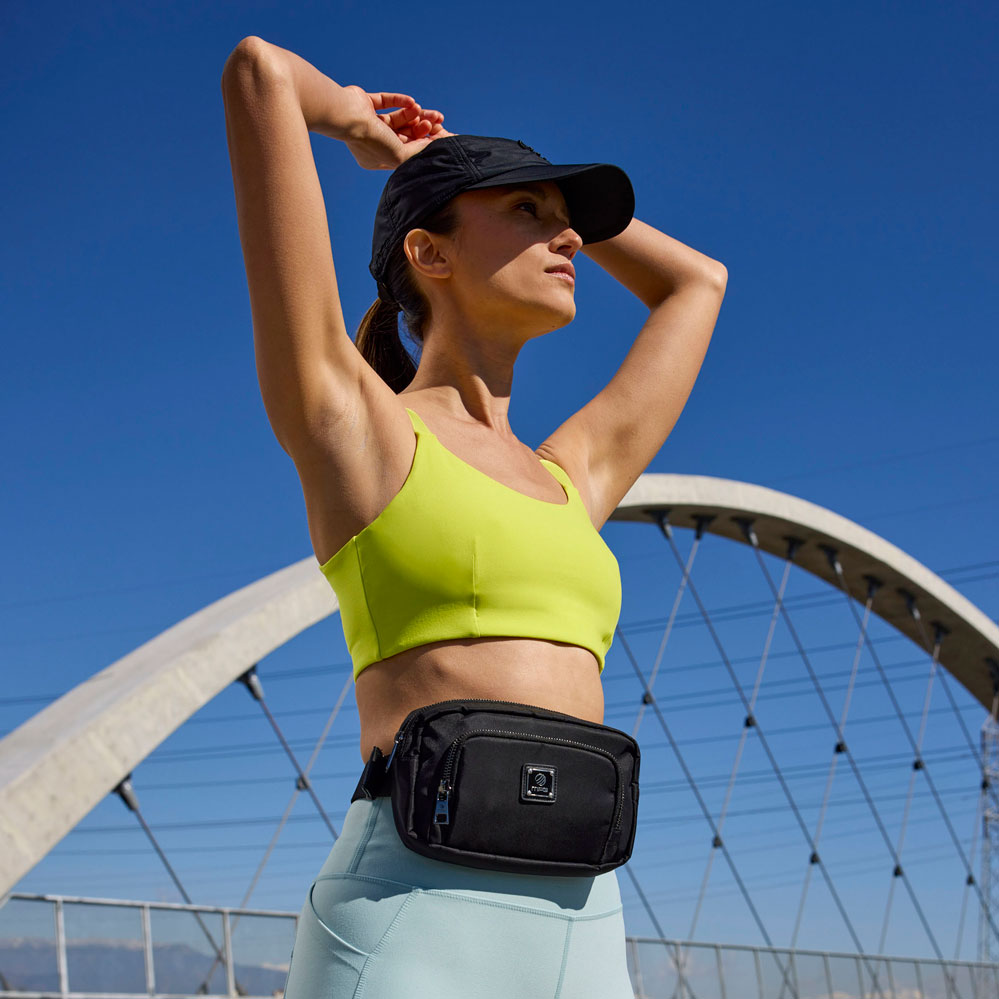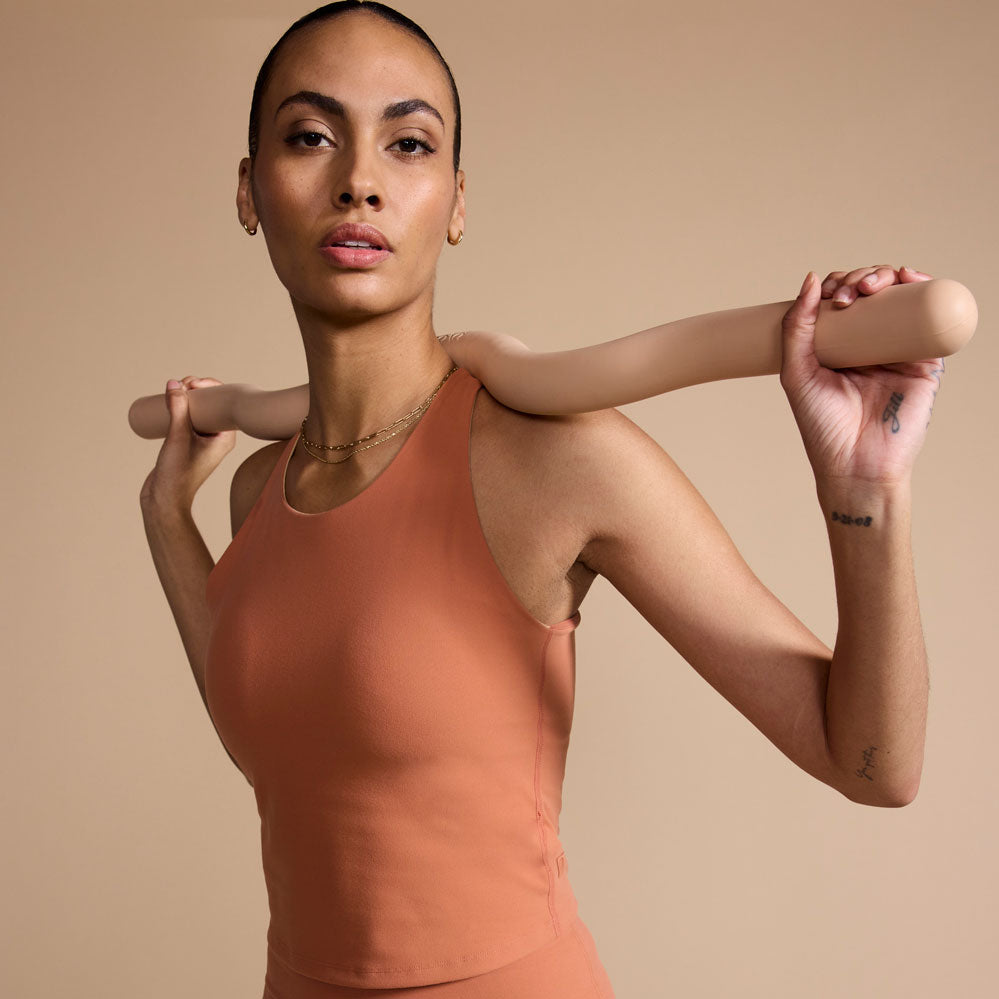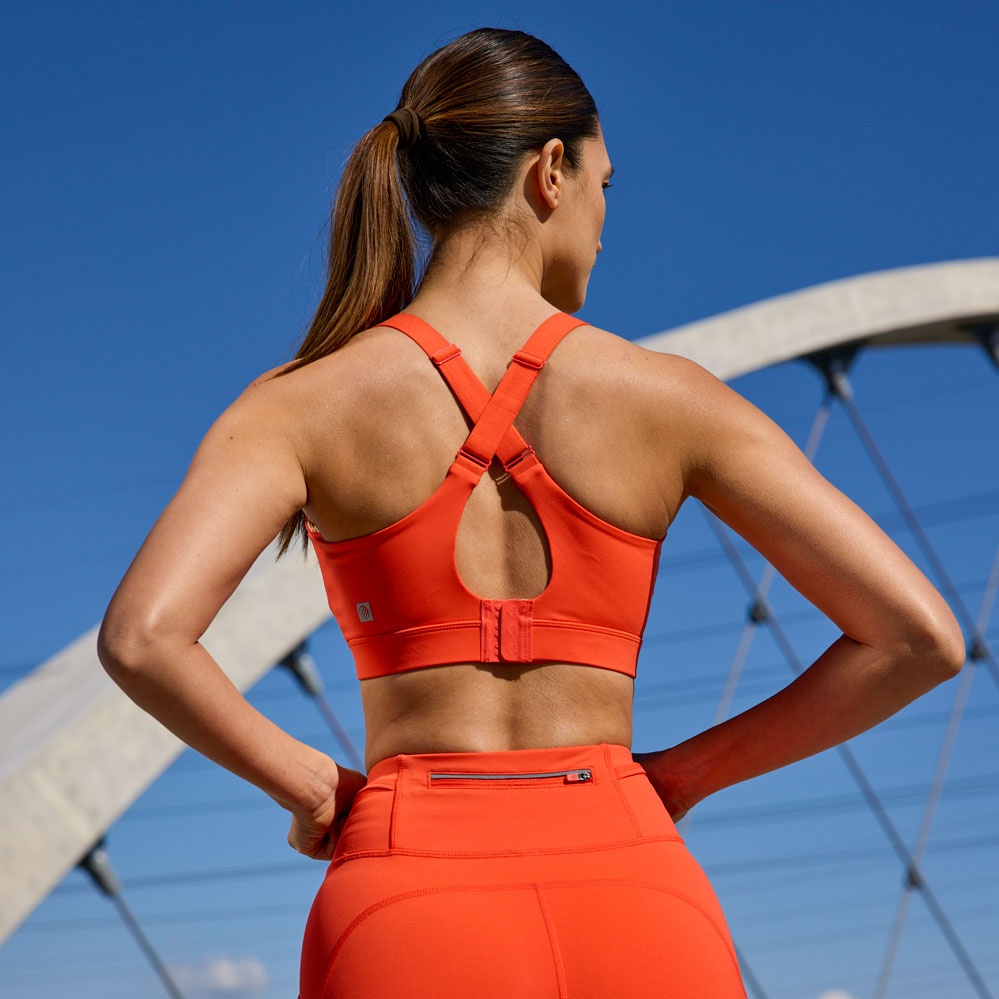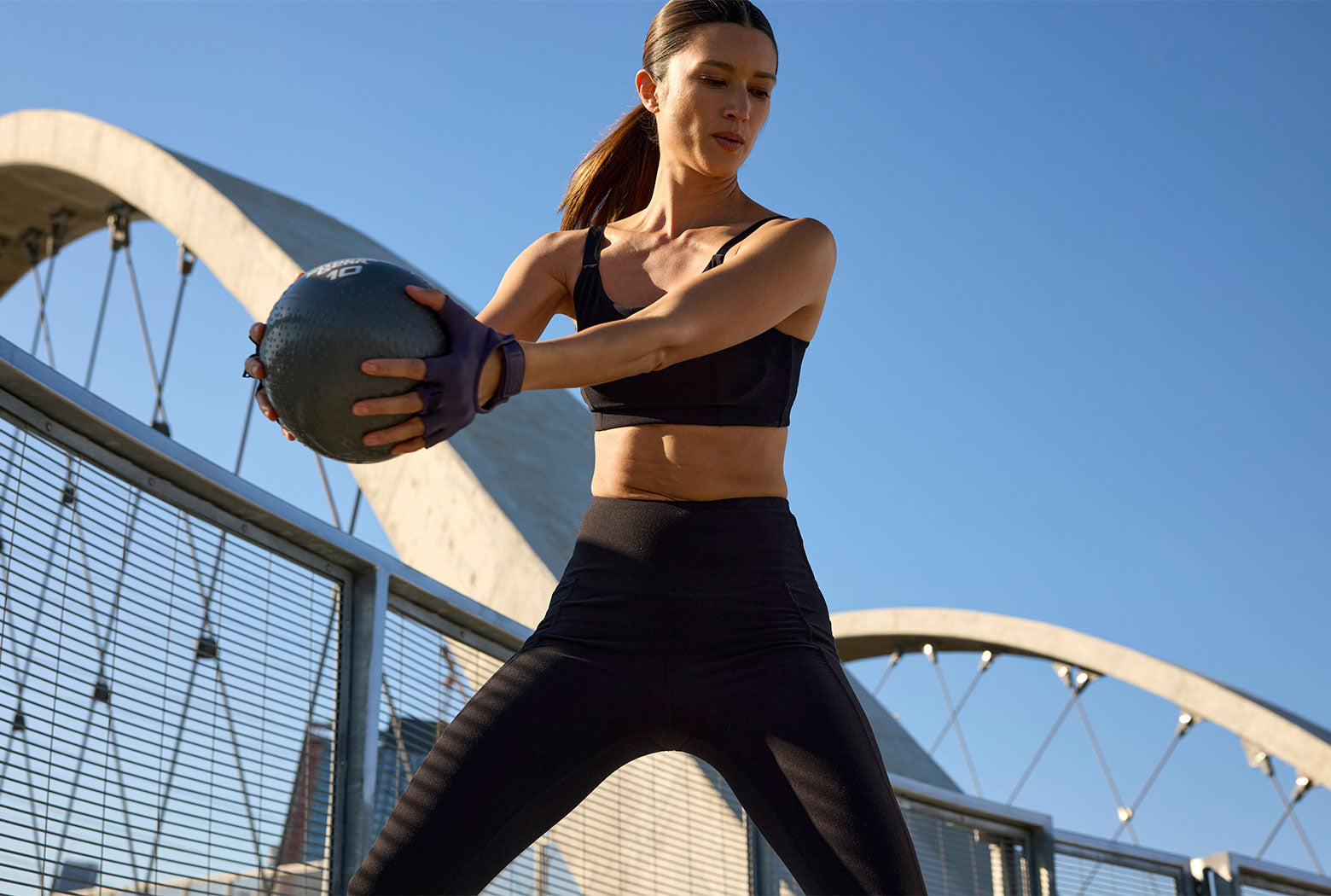Different activities create unique motions that can cause your breasts to move in various ways, sometimes up and down by as much as 8 inches. Finding the right amount of support to keep you comfortable and in place is crucial.
 When Shopping for New Sports Bras:
When Shopping for New Sports Bras:
 When Shopping for New Sports Bras:
When Shopping for New Sports Bras:

1. Snugness
Your sports bra should hug your body—fitting tighter than a regular undergarment—but shouldn't restrict breathing. A good rule of thumb is the ability to fit two fingers between the straps and your shoulders.

2. Keep It Smooth
The fabric of your sports bra should appear smooth when worn, not wrinkled, which indicates you're in a size or two larger than you need. On the other hand, the bra is too small if you're overflowing.

3. Mind The Gap
With bras featuring an underwire, you shouldn't find any gaps between the garment and your torso. The underwire should lay flat and not pinch or dig into your skin.

4. Adjust as Necessary
Bras with adjustable straps allow you to customize the fit to your unique form and should be rearranged before switching sizes.

Make a Move
What level of support do you need?
Sports bras offer three different levels of support: light, medium, and maximum impact.The type you need depends on your cup size and the kind of exercise you do.
Light to Medium Support Sports Bras
Construction: Low-medium impact sports bras typically restrict movement by tightly pressing the breasts against the chest wall.
Low-impact activities: Walking, yoga, strength training.
Medium-impact activities: Dancing, skiing, cycling
Maximum Support Sports Bras
Construction: High impact bras are made with an articulated cup structure to support each breast fully, and some high-impact bras will combine cup encapsulation with compression for maximum support.
High-impact activities: Running, aerobics, mountain biking.
